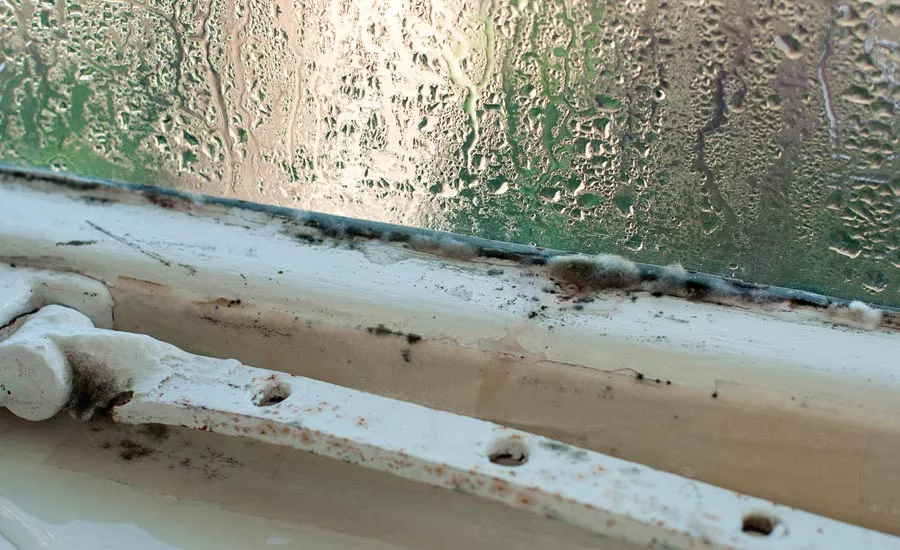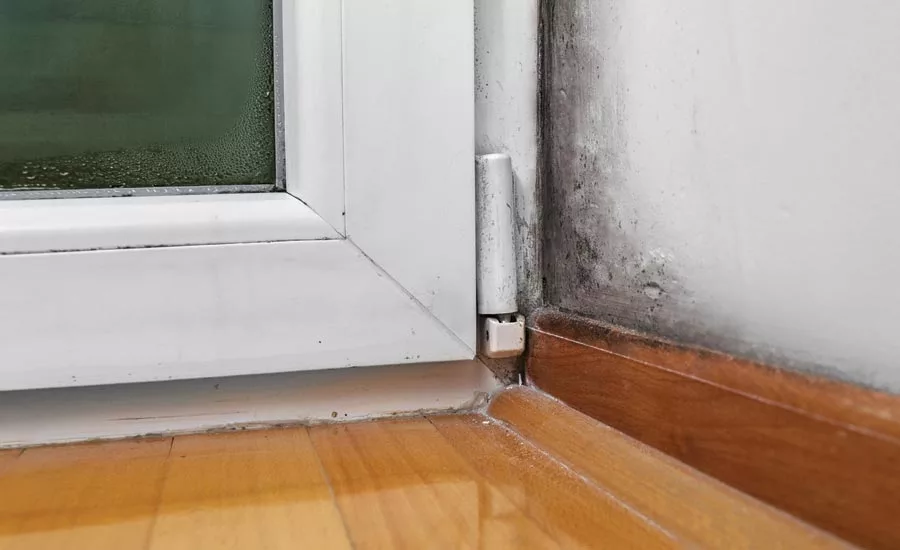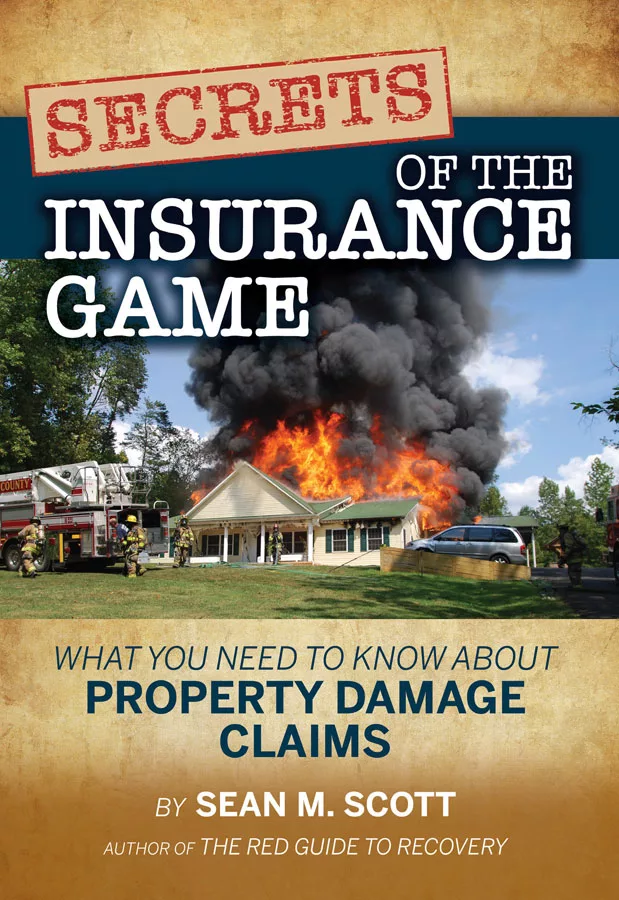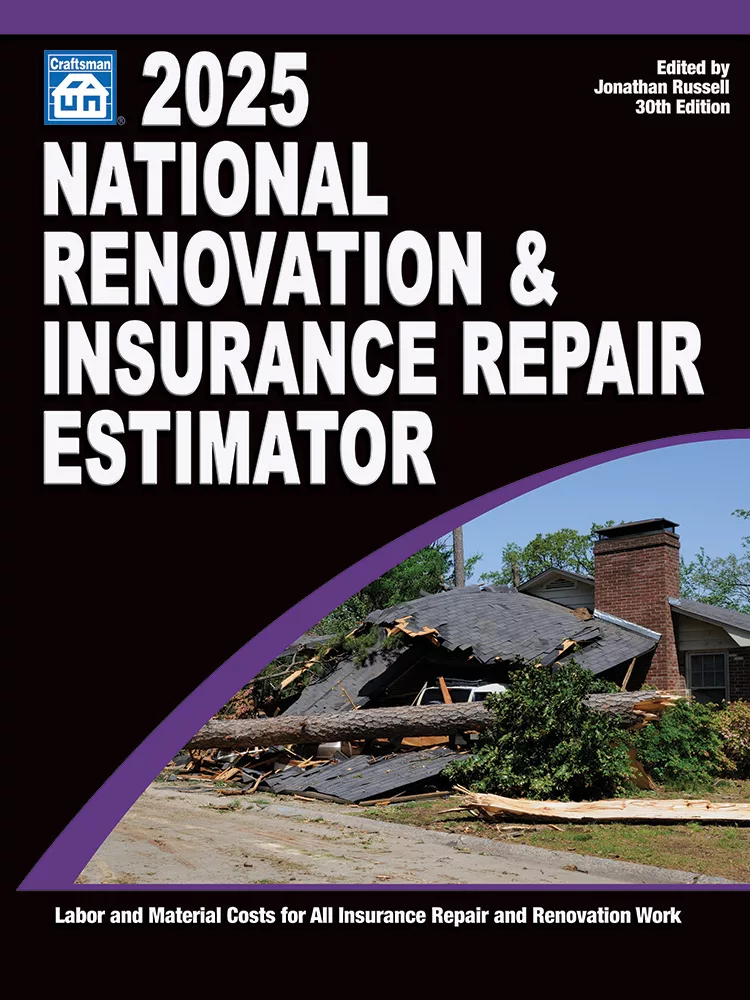Business Insurance and the Restorer in 2017 (Part 1)
Changes in the insurance industry.






Things-are-a-changing in the commercial insurance business on mold claims, but at a snail’s pace. The universal insurance exclusions for fungi, mold and bacteria, introduced by insurance companies on a wide scale in 2005, are finally having a measurable effect in the area of environmental insurance claims in 2017. More losses are being denied under fungi, mold or bacteria excisions than ever before. The predictable effects of more excluded losses are just around the corner now for restorers.
With a little foresight and planning, most restoration firms will be unscathed by the increased use of fungi, mold and bacteria exclusions by claims adjusters. But the naive restoration firms are likely to get dinged with bad debts and uninsured liability claims, some of which have the potential to be company busters.
Related Reading
What changed in the insurance business?
At a recent conference produced by Society of Environmental Insurance Professionals and RTM Communications, a panel of insurance company executives agreed mold was the #1 source of new claims under Environmental Impairment Liability (EIL) type insurance policies that their companies were selling.
EIL policies are sold to insure commercial buildings for losses arising from contamination of some sort. Less than five out of 100 commercial buildings are insured today under EIL-type insurance policies. For mold as a cause of loss to eclipse all the EIL policies sold to insure factories, chemical companies and waste disposal sites after 30 years of continuous availability, something big is changing in the commercial insurance business. What must be happening is, for the first time, claims adjusters are beginning to pay attention to the actual words in mold exclusions in property and liability insurance policies.
I found the new information on the rapid increase in mold claims under EIL policies very interesting and, in my opinion, long overdue. I expected a rash of denied mold losses in commercial insurance policies 10 years ago. In my insurance product development research to create mold insurance in 2003, I had discovered that 60 percent of all builders’ risk claims were from water intrusion events. Many of those water intrusion events would have to impact drywall in buildings under construction. The Builders Risk line of insurance was just one data point. I also knew, as would every restorer, water losses in buildings are a lot more common than fire losses.
From my work serving on the consensus drafting committees of the IICRC S500 and S520 water and mold remediation standards, I knew that water on drywall would lead to mold growth in 72 hours or less; and I knew that Category 3 water was Category 3 because of the bacteria it contains.
Connecting the dots between the frequency of water losses in the insurance business and the IICRC insights, it was obvious to me that the universal exclusions for fungi, mold and bacteria in insurance policies were going to lead to a lot of uninsured losses in homeowners and commercial insurance.
But the tidal wave of excluded claims never happened as I expected them to develop around 2005. How could that possibly be?
It turns out that claims adjusters have been paying for losses involving mold and bacteria as “resulting damages from a water loss” for more than a decade, thereby ignoring the actual words in the exclusions. That turns out to be a very good thing for insurance buyers and restorers, because the losses and remediators get paid.
Caught in a Catch 22
But ignoring the actual words in fungi, mold and bacteria exclusions have put insurance companies in a catch 22 situation. Over the past decade, insurance coverage litigation over denied losses under insurance policies has well established that fungi, mold and bacteria exclusions bar insurance recoveries in a wide range of loss scenarios. Most of this case law on how fungi, mold and bacteria exclusions operate was established in very expensive bodily injury claims involving Legionnaires’ disease.
Legionnaires’ disease is caused by bacteria and it is often fatal. Bacteria related losses are commonly excluded in the same sentence in the insurance policy that excludes fungi and mold. In the property insurance policy, the exclusion for fungi and commonly bacteria appears in the same section of the insurance policy containing the exclusion for losses caused by floods and war.
Here is the catch the insurance companies are slowly coming to grips with; every time an insurance company pays a fungi, mold, bacteria or Category 3 water loss by ignoring the fungi/bacteria exclusion in a property insurance policy, that action undermines that insurance company’s ability to deny flood losses. All of these exclusions appear in the “anti-concurrent causation” exclusion section of the property policy. Once one exclusion is ignored in claims adjusting practice, it makes it hard to use the other exclusions in the section without appearing arbitrary.
It is bad for insurance companies to adjust claims in an arbitrary manner, because it opens them up to Bad Faith Claims Adjusting penalties of three times the amount of the claim.
Also, complicating things for insurance companies is when claims are paid that are technically excluded by the case law established by insurance companies, the shareholders of stock-based companies can sue the board of directors for management malpractice for squandering the value of the insurance company. The managers can also be sued by stockholders if the insurance company undermines the flood exclusion by ignoring the fungi/and sometimes bacteria exclusions that appear in the same part of the property insurance policy. Insurance companies are in a tough spot, they seem to now be gravitating towards using the exclusions for fungi and bacteria as they are written.
The above discussion is some pretty technical insurance jargon, but it explains what is going on in the EIL insurance business today on mold claims. For more insight on fungi/bacteria exclusions, see the article appearing on the ARMR.net website.
Construction-related mold claims decreasing
The number of mold losses from poor construction techniques is likely decreasing over time. For example, today we know it is a bad idea to install plastic visqueen on both sides of a stud a wall or to use PL400 to glue EFIS foam directly onto OSB board, both of which contributed to the mold insurance crisis in 2003. Better building practices have reduced the number of mold claims.
With less than a 5 percent market penetration for EIL insurance on commercial buildings today, how could it possibly be that mold claims have evolved into the #1 source of new claims under EIL-type policies? There are only two explanations that I can think of:
- More claims adjusters are pulling the trigger on fungi/bacteria exclusions;
- More commercial buildings are being insured under EIL-type policies.
I have not noticed an increase in demand for EIL insurance on commercial property in my insurance brokerage firm; therefore, I assume there are more mold losses under EIL policies because more mold losses are being denied under standard property and liability insurance policies.
A fungi/mold/bacteria claim will not reach an EIL policy if the property and liability insurance on a building does not first deny the loss. The recent increase in EIL claims activity for mold-related losses indicates that more fungi/mold/ bacteria losses are being denied under standard property and liability insurance policies.
What does all this mean for restorers?
Commercial property owners likely have a lot less coverage for mold/bacteria-related losses than they think they have. Many commercial insurance buyers I speak with do not even know there is a mold/bacteria sublimit on the property policy or that there is an absolute exclusion in the General Liability policy for losses associated in any way or in any sequence with a speck of any type of fungi or bacteria. The owner of my office building was surprised when I informed him in 2016 that he has not been covered for a Legionnaires ’ disease loss for over 10 years.
My landlord could insure his 16 commercial office properties under and EIL policy for less than 10 percent of his property premium, but he has not done so, joining the 95 percent or more of commercial insurance property owners who are not covered under an EIL policy today.
Good EIL coverage is available at a reasonable cost to commercial property owners that have an active water intrusion loss prevention plan provided by an IICRC certified firm. We have sold these policies for more than a decade. The problem leading to so many uninsured commercial buildings is insurance agents cannot explain why the coverage is needed.
The same exclusions under standard property and liability insurance policies that are pushing mold claims into EIL type insurance policies are certain to eventually reach into the pockets of restoration firms in the form of uncovered liability losses on the restorers General Liability insurance policies.
Where is the silver lining for restoration firms?
An increased emphasis by claims adjusters on denying mold and bacteria related losses in standard property and liability insurance policies will create new demand for water intrusion loss prevention plans in the form of preplaced drying agreements. Wise restoration firms pioneering the preplaced drying agreement marketing concept should be able to enjoy an uptick in drying work as a result of the increased emphasis by commercial property owners on loss control for mold and bacteria related losses.
Dave continues this conversation in Part 2, coming in the July issue!
Looking for a reprint of this article?
From high-res PDFs to custom plaques, order your copy today!











